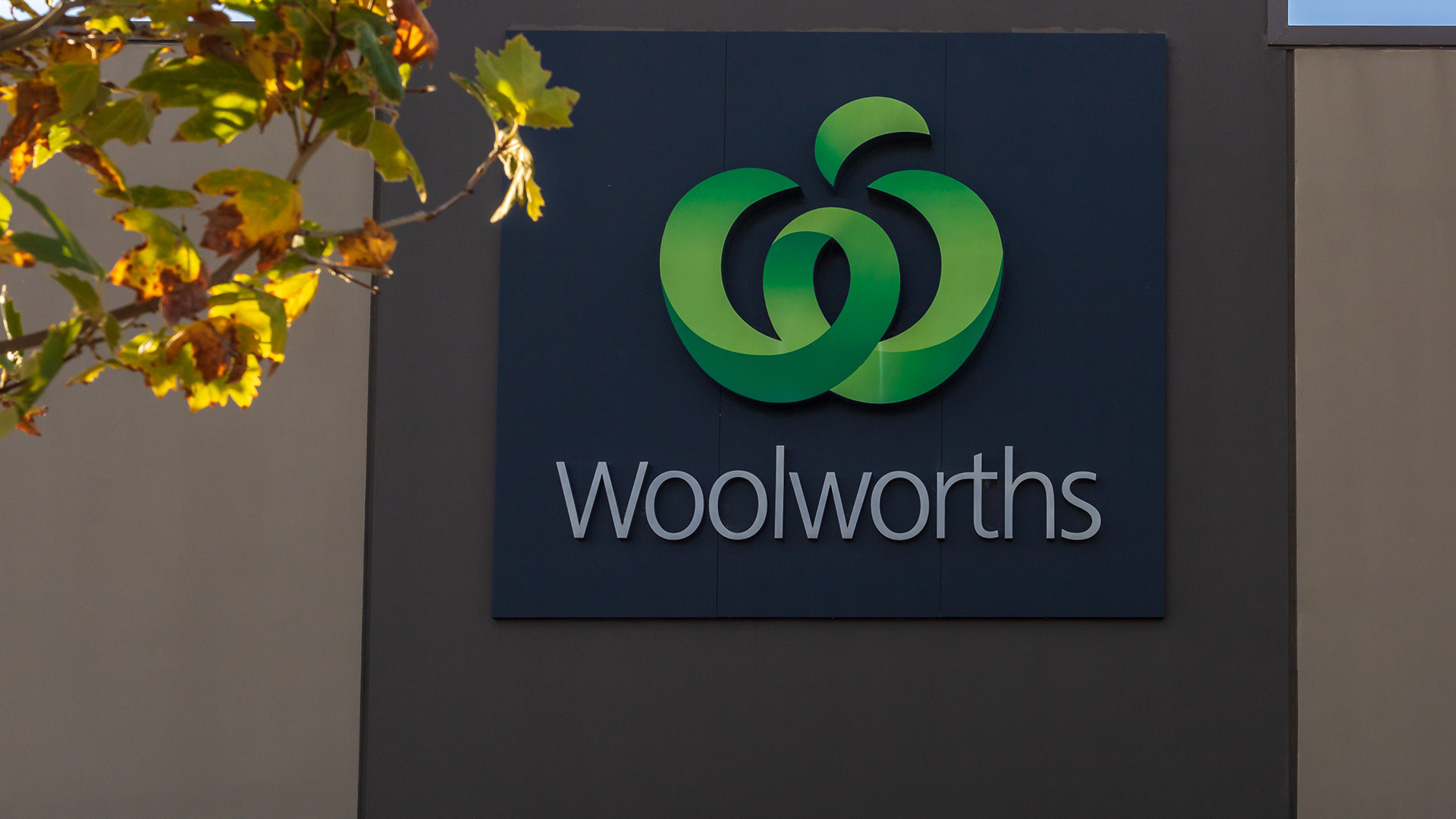The ANZ Bank’s 19% improvement in full-year profit confirms that apart from the Bank of Queensland, the sector is in fine health.
The ANZ earned $5.36 billion in the year to June and was up from the $4.5 billion earned in the September 2010 financial year, the bank told the ASX yesterday.
Underlying profit for the year to September increased by 12% from the previous year to $5.65 billion (the ANZ doesn’t use cash earnings like the others do).
Westpac earned just over $6.3 billion, the NAB profit was $5.5 billion and the CBA earned $6.8 billion.
National Australia Bank, Westpac and ANZ posted a combined cash profit of $17.5 billion for the year to September 30.
The Commonwealth Bank’s $6.8 billion cash profit in the year to June 30 took the four majors’ total annual cash profit to $24.3 billion, up 12% from $21.7 billion in 2010.
According to the biennial study from PricewaterhouseCoopers (PwC) the fall in the cost of bad debts was the main driver of cash profit growth, along with a containment of costs.
PwC said the average Return on Equity of the big four banks was 16.4% in their 2011 financial years, up from 15.1% in the 2010 year.
Despite these massive profits, bank shares have been weak this week so far, more because of the re-emergence of the Greek-eurozone crisis as a worry.
Yesterday was no different, with the Greeks now warned they will not get the next 8 billion euros of aid if there’s a no vote (and the vote has to be held quickly), banks shares were sold down.
That sent shares lower.
By the close the ANZ was off 41c or 2% at $20.49 as the profit report didn’t convince the market; Westpac was only off 5c at $21.57; the NAB was down 1% at $24.66 and the CBA fell 0.4% to $48.01
 .
.
The ANZ’s final dividend of 76c, took the total yearly dividend to $1.40, or 11% higher than 2010.
But the final was only up 2c, whereas the interim of 64c was up 12c from 2010’s level and made up nearly all the 14c lift in total payout for the year.
That slower growth in the final payout to shareholders probably played a part in the weak performance of ANZ shares yesterday.
And like all banks, a major reason for the improved profit was another year of falling bad debt provisions, although a tick up in the final half seems to have happened in a couple of reports
The Bank of Queensland reported the biggest increase with a jump in bad debts related to its home state lending (understandable given the weak property market and the impact of the floods) and that was the worst result of the listed banks.
Bank of Queensland’s annual profit slid 13% to $158 million as bad debts jumped to $220.5 million for the year to August 31 from $104 million in 2010.
That was the only blot on what was otherwise a healthy performance by the banks, marred only by the large rate rises a year ago (on top of the 0.25% increase from the RBA) and the NAB’s churlish refusal to pass on only 0.20% of the RBA’s 0.25% rate cut this week.
Looking at the ANZ, its second-half underlying profit rose 4% on lower bad-debt provisions to $2.83 billion, compared with $2.73 billion reported a year ago.
ANZ increased the size of its loans and advances by 8% from the previous year to $397.3 billion, while customer deposits were up by 16% to $298.8 billion.
Its Australian division posted a profit of $2.78 billion in the year to September, up 2% from the previous year, while the bank’s global markets business in its institutional division reported a 28% drop in profit, because of volatility and the bank’s decision to be risk averse.
The Asia Pacific, Europe and America division lifted profit by 16% to $721 million, as ANZ’s Asian expansion continues to develop.
New Zealand profit rose by 54% to $692 million as conditions improved and impairments fell (and despite the impact of the two Christchurch earthquakes in the year).
ANZ’s provision charge for bad debts fell 31% from the previous year at $1.237 billion.

And still in financial services, the market weakness and euro crisis has hit fund manager Perpetual’s bottom line for the six months to December.
The company had the bad news for shareholders at yesterday’s AGM who were told to expect a sharp drop in first half earnings, thanks to the market volatility.
CEO Chris Ryan told Perpetual’s AGM that the company now expects underlying profit after tax of between $26 million and $31 million in the six months to December 31.
That would be a fall of 24% to 37% from Perpetual’s underlying profit of $41 million in the December half of the 2010-11 financial year.
"This outlook reflects, in the main, the decline in equity markets experienced since 1 July 2011," Mr Ryan said.
"Markets have not shown any positive momentum since the start of the current financial year.
"Based on the All Ordinaries Index at the end of October 2011, a one per cent movement in the market changes our annualised revenue by approximately $1.5 to $2 million."
Perpetual’s guidance fo













